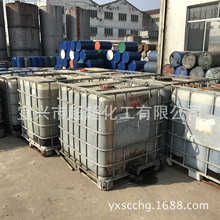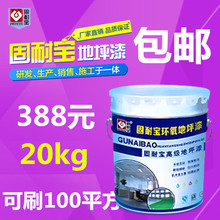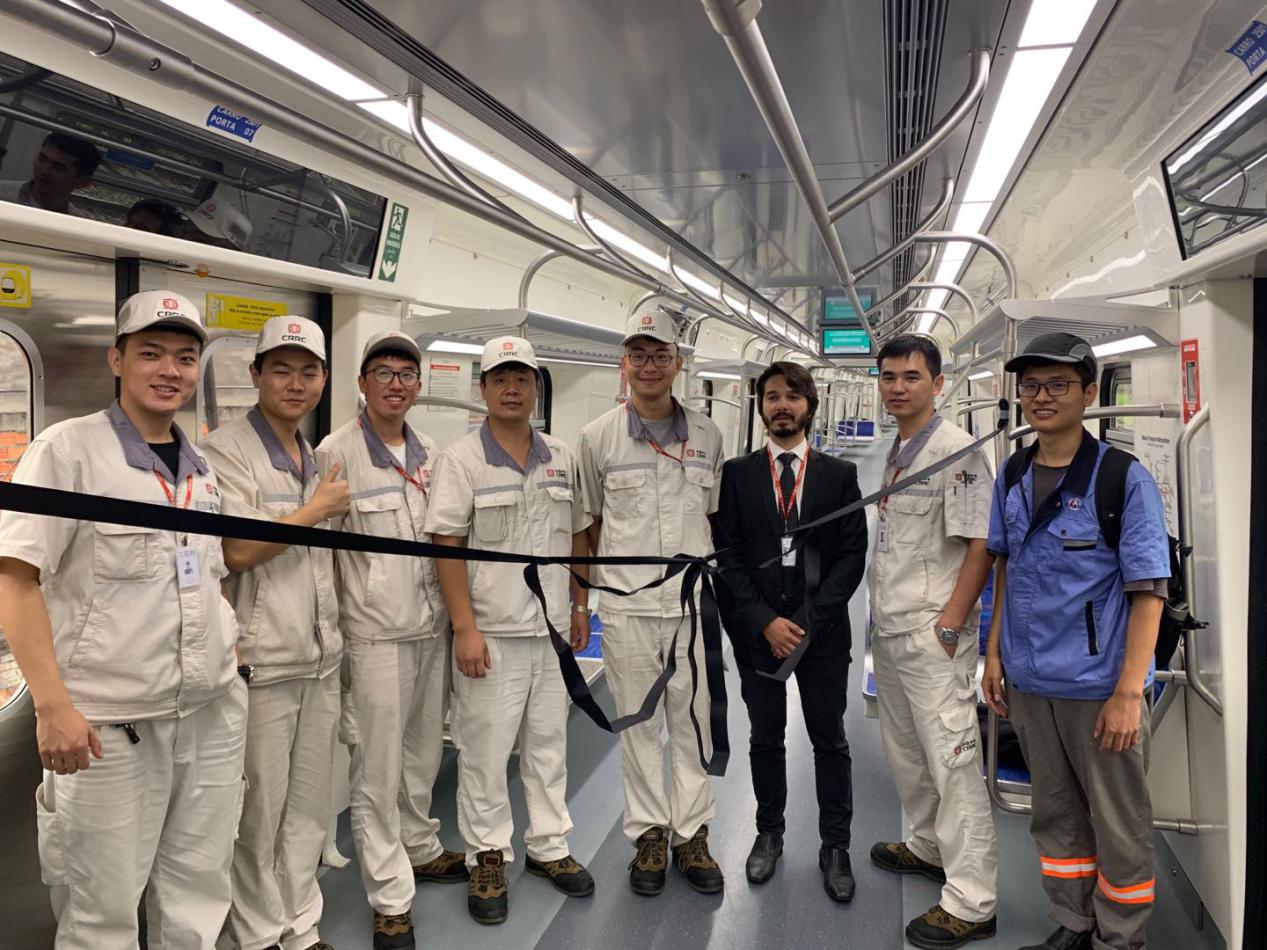Earth Day: Advanced battery tech could fuel the clean energy revolution
By subscribing, you agree to our Terms of Use and Policies You may unsubscribe at any time.
- Climate change is driving the transition toward clean energy and storage.
- Lithium-ion battery technology, while promising, suffers from some issues.
- Developers are working on solutions and alternatives to ensure that lithium-ion energy and storage is safe and effective.
Average global surface temperatures rose by an estimated 1.07 °C(2.01 °F) between 2011 and 2020, according to the Intergovernmental Panel on Climate Change (IPCC) Sixth Assessment Report (AR6).
This was the direct result of growing greenhouse gas emissions driven by fossil fuel consumption, which grew by roughly 10 percent during that same period (from 124,558 to 137,237 TWh).
The ecological impacts of this change are seen everywhere in the form of increased drought, extreme weather, coastal flooding, wildfires, ocean acidification, and biodiversity loss.
Another key finding in the AR6 was that global temperatures could increase by 1.5 to 2 °C (2.7 to 3.6 °F) in the coming decades, depending on whether we can achieve net zero emissions before 2050.
In the former scenario, the ecological impacts will be significant but sustainable with the proper mitigation and adaptation strategies. In the latter, life will become untenable for many parts of the planet.
Unfortunately, data from the past year indicates that emissions continue to grow. According to the 2023 Global Carbon Budget (GCB), emissions in 2023 continued to rise by 1.1 percent compared to 2022.
One of the most important and time-sensitive solutions is to transition to clean, renewable energy sources that are sustainable and carbon-neutral.
This transition is underway, but several barriers must first be overcome for widespread adoption that can lead to net zero emissions. Not the least is the need for safe and effective energy storage.
Some energy companies are turning to lithium-ion battery technology to improve energy storage. However, this promising and established technology has a flaw.
If and when a cell becomes overheated or damaged, it can trigger electrical fires that grow and consume other cells in their vicinity.
This makes scaling lithium-ion technology to create power and storage stations rather difficult. Luckily, many companies and researchers are investigating solutions and alternatives.
Two shining examples are Viridi Parente Inc., a leading developer of fail-safe commercial-scale lithium-ion battery technology, and researchers from the University of Tokyo and the Denso Corporation (a Japanese automaker), who have developed a new non-flammable solid-state lithium-ion battery.
Changing times
Between 2000 and 2020, the portion of the energy market occupied by renewable sources more than doubled (from 2864 to 5,838.5 TWh).
Wind power accounted for the largest share of this growth, going from 1 percent of the renewable energy market to about 25 percent (31.22 to 2,098.46 TWh) of the renewables market.
Solar was a relatively close second, increasing from 1.08 TWh to 1,310 TWh, or 0.001275 percent of the renewable energy market to about 15.5 percent.
This was facilitated by a substantial drop in wind and solar power costs per watt ($/w). For solar panels, the price went from 6.17 $/w in 2000 to 0.26 $/w in 2022, a factor of almost 24. According to the 2021 report by the International Renewable Energy Agency (IRENA), the average cost of onshore wind power similarly declined between 2009 and 2019, from $102 per megawatt-hour (MWh) to $33 per MWh. Between 2010 and 2021, the cost of offshore wind power dropped from $188/MWh to $75/MWh.
As of 2021, the nations that are leading the world in terms of renewable energy use are China (2.44 million TWh), the U.S. (0.8 million TWh), Brazil (0.5 million TWh), Canada (0.4 million TWh) and India (0.3 million TWh). What is driving this change?
In addition to rising concerns about Climate Change in the world’s industrialized nations, the mass manufacturing of photovoltaic (PV) cells and wind turbines has also led to a price drop.
China has led the world in this trend in recent decades, which is projected to continue into the foreseeable future.
While the cost of manufacturing, installing, and running renewable energy systems has dropped substantially (thus speeding adoption), fossil fuels still account for over 60 percent (~ 63-67 percent) of the world’s power consumption.
The main reason is intermittency since solar and wind power are subject to seasonal changes, weather patterns, and (in solar’s case) the diurnal cycle. This issue can be mitigated by improving our energy infrastructure, including high-capacity storage facilities.
Solutions
Since they were first introduced to the commercial market in 1991, lithium-ion batteries have become ubiquitous, powering everything from mobile phones and devices to laptops and electric cars.
They’ve also been used significantly for military and aerospace applications and grid-scale energy storage.
The impact of this technology has been so significant that John B. Goodenough, M. Stanley Whittingham and Akira Yoshino were awarded the Nobel Prize in Chemistry in 2019 for their role in its development.

Credit: Airbus
This is why companies like Viridi Parente, who are partnered with DOE’s Oak Ridge National Lab, are working to develop failsafe lithium-ion technology and energy storage systems.
As Viridi CEO Jon M. Williams told Interesting Engineeringvia Zoom, lithium-ion technology is one of the most promising ways to transition from fossil fuels:
“[I]n storage technology, you want energy density. You [also] want the cell not to have a memory. So if you use 10 percent of it, from 100 percent to 90 percent for two years, and then on the last day of the year, you go down to zero, lithium-ion chemistry will allow you to do that. It’s defined at this point for manufacturing, and that’s the real reason lithium-ion is the best chemistry today: we know how to manufacture it. When you go to a giga-factory, they’re making a cell about every 30 cells a second.
“So to manufacture at that scale, which is really what you need, if we’re going to move the needle on fossil [fuels], you have to have a defined chemistry. Lithium-ion allows you to do that. And at this point in our development as a battery industry, we know how to make lithium-ion NMC chemistries. That is a very well-defined manufacturing process. And we can make it at a one in 40 million defect rate.”
Alas, there’s the aforementioned snag. Part of what makes lithium-ion batteries so effective at holding a charge is the flammable electrolyte they contain.
This can pose a fire hazard if the battery becomes overheated or damaged. The former phenomenon is known in industrial circles as “thermal runaway.”
While manufacturers employ safety devices in their batteries to offset this hazard – such as current interrupt (CID) and positive temperature coefficient (PTC) devices – it remains a stumbling block to developing large-scale storage facilities.
According to Williams, part of the issue is the production rate. Lithium-ion batteries have a very well-defined manufacturing process and can be manufactured at a one in forty million defect rate. However, the failure rate becomes greater when large-scale developers manufacture that many lithium-ion cells a day. While thermal failure in a single cell is not a major concern, it becomes a potentially catastrophic danger when millions of cells are grouped together. As Williams explained, this is where Viridi’s approach begins:
“We came back to the individual cell and said, can we manage that risk at the cell level? And when it happens at the cell level, can we stop it and prevent it from cascading into everything around? So the only way we could do that really is material science. So as we build our pack, we put specific materials around the cell in the modules and allow a thermal runaway in an individual cell to happen. We contain the energy very quickly and then we give it a place to vent pressure and any off gas to inside the pack.
“And thermal runaway is not [the real] problem. Propagation is the problem. We can handle one cell, let it go. We can handle two cells, let it go. We can’t handle 5,000 cells. So that’s what we did. And once we had that, we then went to detection devices and other technology that would allow us to prevent that safety system from being engaged in a normal failure.
“The interesting thing is, once it goes, you only need to control the energy for roughly half a second. Because it releases energy so quickly that it can’t do it for very long. So if you can control the energy coming from that single cell and prevent it from propagating or chain reacting into the one next to it, you solve for propagation.”
Viridi recently partnered with Bright Machines – an innovator in intelligent, software-defined manufacturing. Their aim is to digitally transform Viridi’s U.S. electric battery manufacturing facility, bringing them closer to their goal of building lithium-ion energy and storage facilities at scale.

Alternatives
As noted, there are also alternatives, like the solid-state lithium-ion battery developed by researchers from the University of Tokyo and the Denso Corporation.
These batteries have shown considerable promise in recent years because they are non-flammable, have higher energy density, and have higher levels of transference than those with liquid electrolytes.
They are expected to take a share of the market currently occupied by conventional liquid electrolyte Li-ion batteries (such as electric vehicles).
Despite these advantages, solid electrolytes have lower lithium-ion conductivity than conventional ones and experience problems with adequate electrode-solid electrolyte contact.
While scientists have had some success with sulfide-based solid electrolytes, which are quite conductive, these give rise to hydrogen disulfide (a toxic compound) when they interact with moisture.
The need for non-sulfide solid electrolytes that are both conductive and stable is paramount.
In a recent study published in Chemistry of Materials, a research team led by Professor Kenjiro Fujimoto, Professor Akihisa Aimi (Tokyo University of Science), and Dr. Shuhei Yoshida (Denso Corporation) announced the discovery of a stable and highly conductive lithium-ion conductor. It was in the form of a pyrochlore-type oxyfluoride. Prof. Fujimoto said in a press release:
“Making all-solid-state lithium-ion secondary batteries has been a long-held dream of many battery researchers. We have discovered an oxide solid electrolyte that is a key component of all-solid-state lithium-ion batteries, which have both high energy density and safety. In addition to being stable in air, the material exhibits higher ionic conductivity than previously reported oxide solid electrolytes.”
The research team subjected their battery design to structural and compositional analysis using X-ray diffraction, Rietveld analysis, inductively coupled plasma optical emission spectrometry, and selected-area electron diffraction.
Based on their analysis, their battery has an extremely low activation energy and one of the highest levels of ionic conductivity at low temperatures compared to known solid electrolytes, including sulfide-based materials.
In addition, unlike existing lithium-ion batteries, oxide-based all-solid-state batteries have no risk of electrolyte leakage due to damage.
Given this level of performance, the team’s innovation is anticipated to lead future research. As Prof. Fujimoto indicated:
“The newly discovered material is safe and exhibits higher ionic conductivity than previously reported oxide-based solid electrolytes. The application of this material is promising for the development of revolutionary batteries that can operate in a wide range of temperatures, from low to high. We believe that the performance required for the application of solid electrolytes for electric vehicles is satisfied.”
While the need for clean energy and storage has been self-evident for decades, issues of cost, efficiency, and storage have kept the transition from happening quickly.
The first two issues have been largely overcome thanks to the mass production of solar cells and turbines and advances in materials science.
With the development of safer lithium-ion battery technology, a corresponding shift is now taking place on the storage end.
This will speed the transition away from fossil fuels and allow the world’s governments to reach their goal of achieving net zero carbon emissions before mid-century before it is too late.










